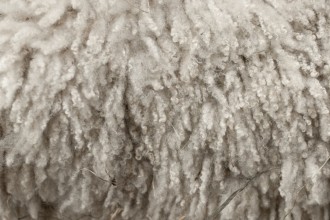Flowers look pretty and they always make us smile when we receive them on special occasions like on Valentine’s Day. You might think they rank high on the eco-friendly stakes, but there are some eco-friendly no-nos that fresh flowers commit.
Flower Power from Chemicals?
To ensure that flowers are produced quickly and cheaply, many industrial flower farmers use a large amount of carcinogenic pesticides and herbicides when growing flowers. There is also the use of greenhouses and artificial lighting that come into play. Such things notch up carbon footprints and place pressure on the environment. For instance the fertilisers and chemicals that are used end up in streams, contaminating plants and animals in the area.
Organic Flowers
A good bet is to choose organic flowers that you can enjoy guilt-free. In South Africa a great place to find organic flowers is to hit the market. Here you will see pretty flowers and plants that will brighten up your day. Visit the Bryanston Organic Market in Johannesburg or the Constantia Waldorf Organic Market in Cape Town.
Buds with Brains
If you’re going to choose regular flowers, make sure they’re locally grown and that the flower species is in season. These tips help to cut down on the carbon miles that are required to get the flowers to you. By choosing locally grown flowers, you’re also supporting the community.
Fake or Real?
Fake flowers might seem to be more eco-friendly than live flowers because they save on water and you don’t need to purchase them in season. However, make sure the flowers are made from organic materials, such as bamboo, cork, hemp and organic cotton. You could even get inspired and make your own artificial flowers from materials that are lying around the house. Check out this site that provides info on how to make your own silk flowers. You can be creative and substitute the silk for other materials so as to prevent waste and make something beautiful from discarded items.









